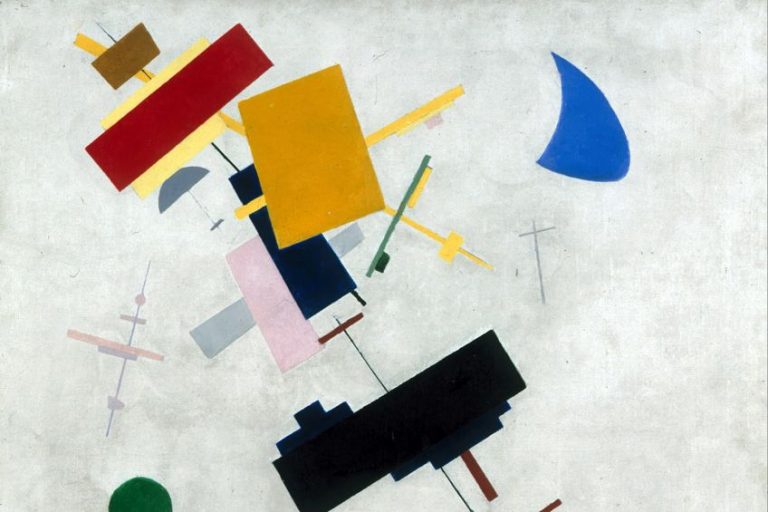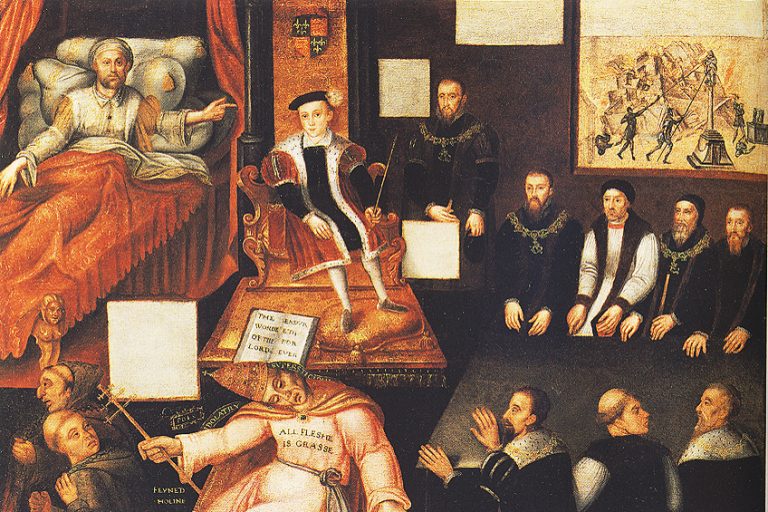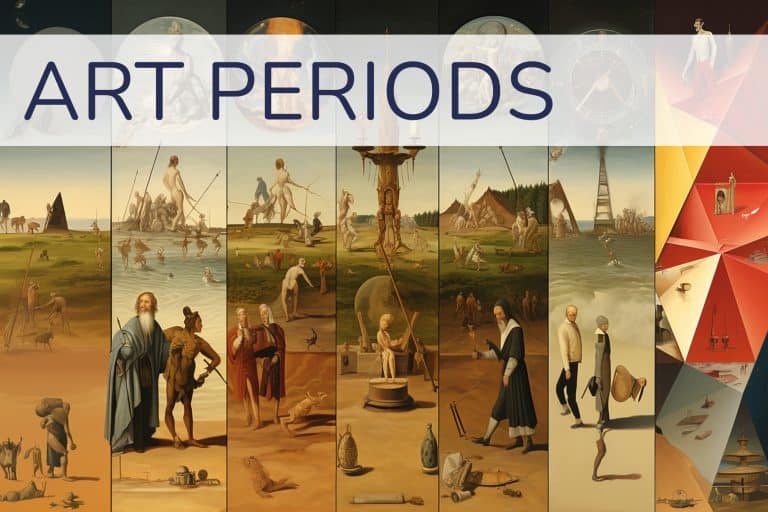Art Deco – A Summary of the Art Deco Era
Art Deco was an art movement that was initially unveiled at an exhibition held in Paris in 1925. While it reached the height of popularity during the 1920s, 1930s, and 1940s, Art Deco was actually a movement that had been in development for more than a decade prior to its announcement. Seen as a very decorative art style, Art Deco artists soon experimented with the genres of design, painting, furniture, architecture, and building within its stylistic realm.
What Is Art Deco?
Sometimes referred to as simply “Deco”, Art Deco was an art style that was characterized by vivid colors and daring geometry that led to extremely luxurious and detailed artworks. As a visual arts style that incorporated both elements of architecture and design, Art Deco first appeared in France just before the start of World War One. However, this movement was only announced to the public in 1925 at the Exposition Internationale des Arts Décoratifs et Industriels Modernes, which was loosely based around the concept of the World’s Fair.
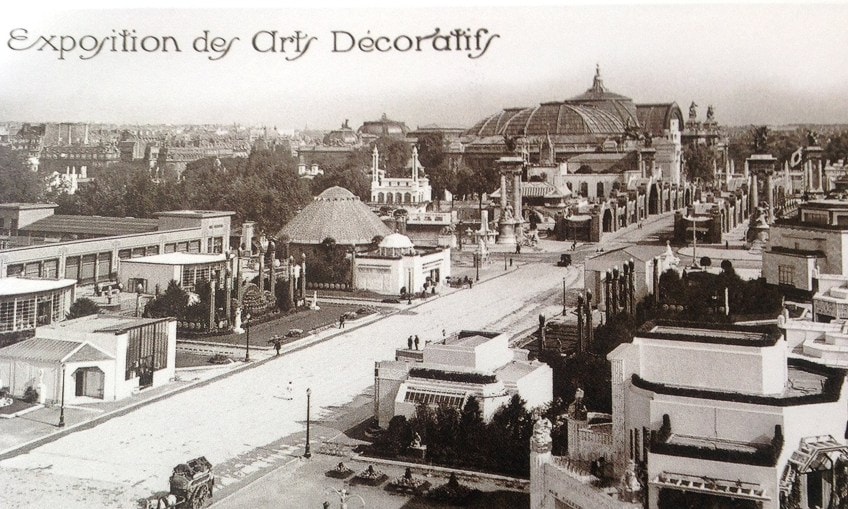
Art Decorates, as it was sometimes known, went on to influence the design of furniture, jewelry, fashion, cars, theatres, trains, and even buildings. Everyday objects, such as vacuum cleaners and radios, were not immune to the impact made by Art Deco and incorporated tell-tale characteristics of the iconic style.
As it worked to integrate advanced styles with exceptional artistry and decadent materials, Art Deco went on to represent opulence, elegance, vitality, and trust in the social and technological progress that occurred in its prime.
From the outset, Art Deco proved to be influenced by the bold geometric forms made famous by the Cubism movement, as well as the bright colors used within Fauvism. Bringing with it a great sense of order, the Art Deco style presented proportionate and balanced designs in lush and cheerful shapes. Art Deco design managed to find its way into many early 20th-century design forms, with the movement experimenting with elements of fine art, architecture, fashion, furniture, forms of transport, and even ordinary appliances.
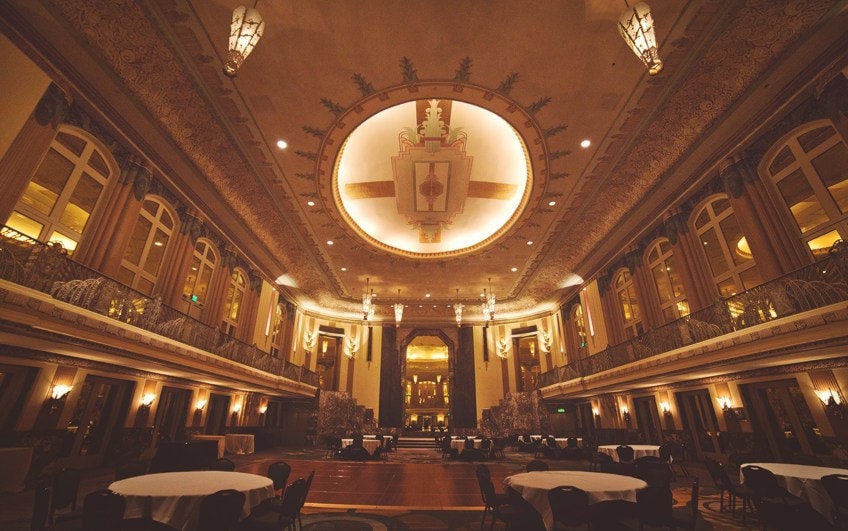
As an art movement, the features that defined Art Deco were easily identifiable. Deco art was typically recognized as a hodgepodge of different styles and seen as an eclectic amalgamation of various influences, materials, and shapes. Due to this, it can be hard to differentiate the Art Deco style from other similar schools of art like Art Nouveau, Art Moderne, the Bauhaus school, or the Arts and Craft movement.
Despite that, the Art Deco period was an incredibly influential one, with its decorative manner going on to inspire a variety of other artistic styles.
A History of the Art Deco Movement
Towards the end of the 19th century, many French artists, architects, and designers who were instrumental in the development of Art Nouveau noticed that the movement had become very outdated. With the 20th century close approaching, and the effects of the Industrial Revolution coming into play, creatives were inspired to produce a style of art that would scream “tasteful and modern” from the rooftops. The Art Deco period was determined to restore France’s reputation as the first-class creator of decorative arts once again.
The establishment of the Salon or Société des artistes décorateurs in France, who designed furniture, interiors, and art, helped raise the respect for art objects.
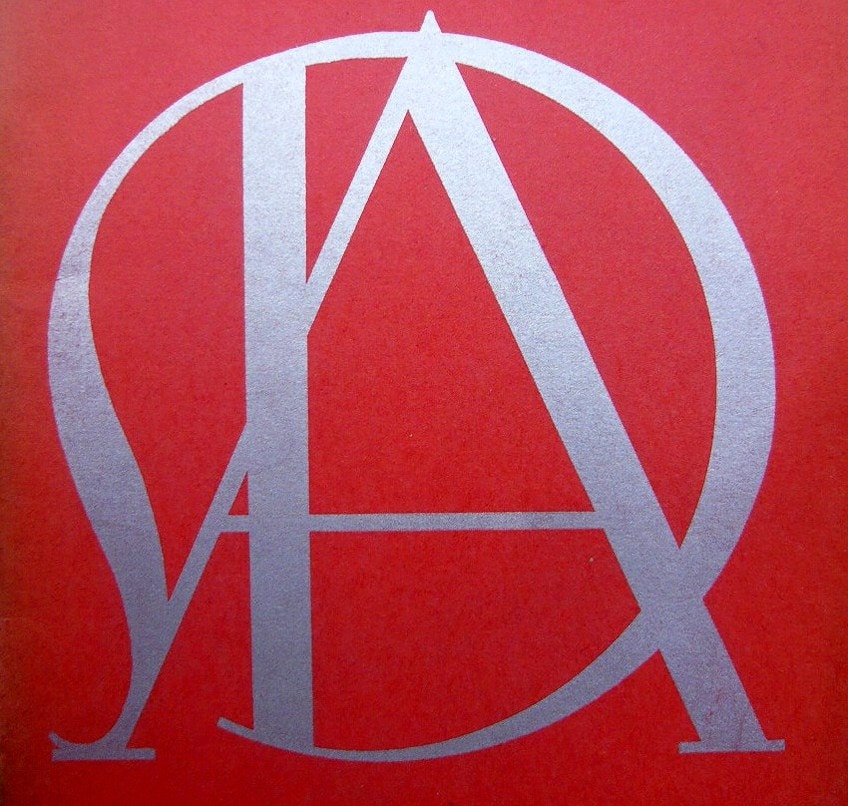
This society helped to slowly expand the definition of art beyond painting and sculpture into other domains that had not been considered before, such as glassware and jewelry. Eventually, those who created Art Deco works that were not considered to be “fine art” before were suddenly viewed as artists instead of mere artisans.
The polished and streamlined style that was Art Deco grew out of a longing and assertive desire to be free of the past and to welcome the future in all of its manufactured and machine-driven brilliance.
The prominence of the Art Deco era rose and fell in between the two World Wars, with the style playing an important role in molding the West’s modern vision. This was particularly noticeable in France and the United States, where the influence of the Art Deco style could be seen in the types of architecture that were used.
While Art Deco emphasized the features of speed, power, and progression, its artworks were contrasted with the lighter and more delicate elements of the previous Art Nouveau movement to create a truly unique style. Art Nouveau, which was a predominant style before the First World War, was heavily inspired by the natural world and incorporated things like winding vines, flower petals, and flowy waves in the artworks created. This celebration of organic shapes differed greatly from the clean and geometric style of Art Deco.
Seen as quite a structured style, Art Deco took on a very Gatsby-esque self-indulgence based on the types of works created. Adopting features from F. Scott Fitzgerald’s iconic novel, The Great Gatsby, the Art Deco style celebrated the flamboyance, frivolity, and decadence that emerged during the 1920s in America. Just as the characters within Fitzgerald’s book were fixated with the glitz and glamour that was synonymous with the lifestyle at the time, Art Deco celebrated everything that was considered to be luxurious and forward-thinking.
As an art style, Art Deco was considered to be one of the most exciting eras of design.
It latched onto the flourishing post-war America with its new inventions that were available to even the average person, which led consumer tastes for luxury to go through the roof. As a result, the Art Deco style was forced to quickly develop to reflect this intoxicating sense of progress. Art Deco also evolved alongside other avant-garde movements and aspects of culture at the time, which resulted in a blend of art, design, fashion, and performance.
During the Great Depression in the 1930s, Deco art became more subdued as popular taste shifted towards less ostentatious forms that included materials like stainless steel, chrome plating, and plastic. However, the style quickly went out of fashion during World War Two.
During the 1960s, a restored fascination in Art Deco design was fostered and as of today, Art Deco continues to be a key motivation in areas of decorative art, fashion, and even jewelry design.
Representing modernism that was turned into fashion, Art Deco exists as one of the first truly international styles. The purpose behind the artworks was to create a stylish and anti-traditional form of refinement that represented wealth and sophistication. Art Deco marked a time of newly discovered optimism after World War One and oriented itself towards the future and contemporary notions of progress.
The Society of Decorative Artists (1901 – 2000s)
Art Deco reached its peak in 1925 when the French government promoted the Exposition internationale des arts décoratifs et industriels modernes. The only real requirement to exhibit at this fair was that all artworks needed to be “thoroughly modern”, which demonstrated the focus of the movement. The exhibition proved to be incredibly popular and was widely visited, which helped to firmly establish Art Deco in art history. The show also prompted the official name of the movement, Arts Decorates.
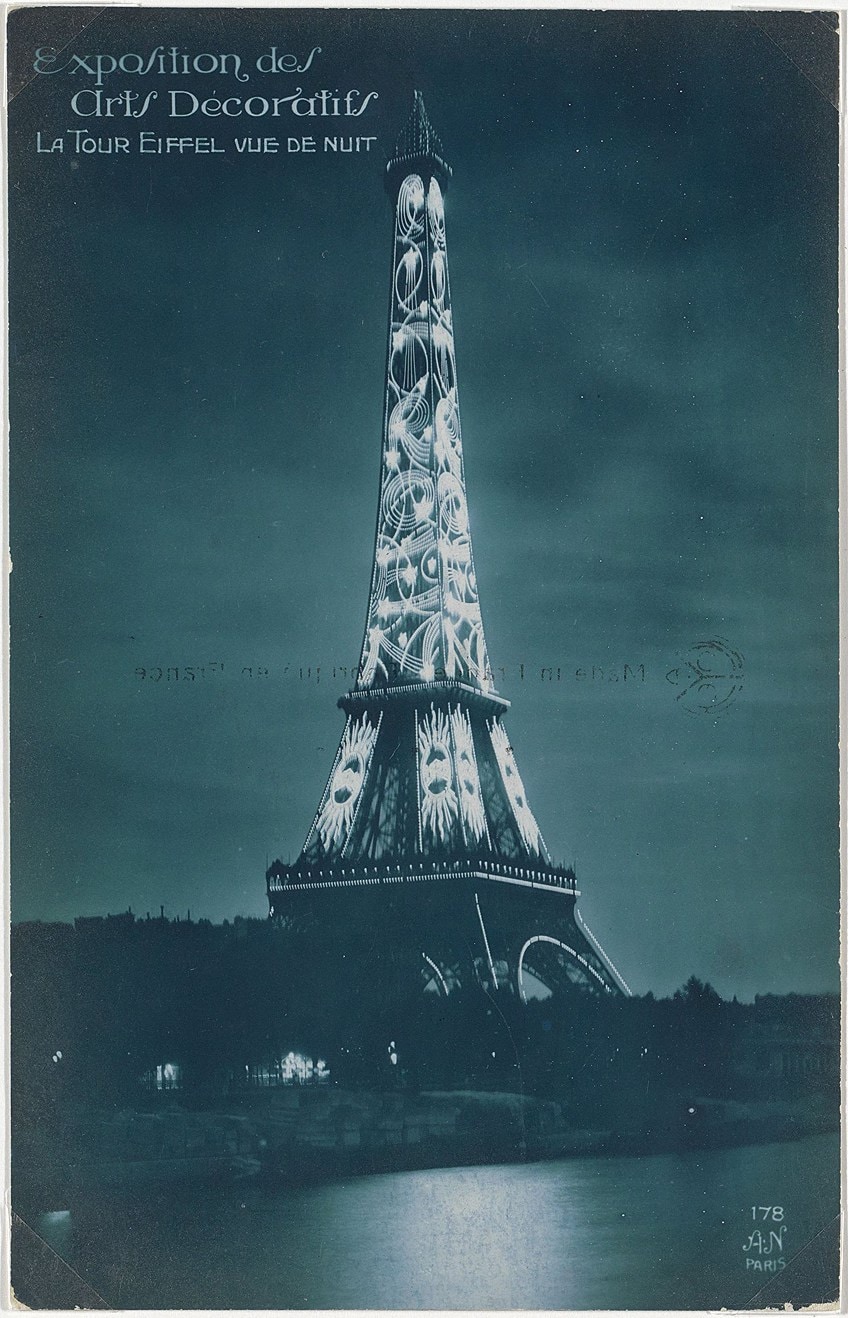
This society was made up of famous figures in the art world, like Art Nouveau designer and printmaker Eugene Grasset, and Art Nouveau architect Hector Grimard. Other budding decorative artists and designers also joined this group and helped with the development of its style. The French government proved to be incredibly supportive of this style of art and helped encourage the growth of this artistic activity.
One of the major goals of this group was to contest the hierarchical organization of the visual arts that demoted decorative artists to an inferior status when compared to the more traditional painting and sculpting forms.
This was because the Art Deco style was treated as the “Cinderella” of the art world – supposedly inadequate in comparison to the other forms of art that existed. Based on this, the purpose of the exposition was to introduce the new type of decorative art that had formed but was postponed for several reasons until 1925.
The Exhibition That Formally Initiated the Start of the Art Deco Movement
The French government, which hosted the Exposition International des Arts Decorates et Industrials Moderns were seen as responsible for introducing the Art Deco style into the art world. More than 15,000 artists, architects, and designers went on to present their works at this exhibition that ran for seven months, with over 16 million people from around the world coming to view the individual exhibits. Therefore, this exhibition was regarded as the catalyst that launched the beginning of the Art Deco movement.
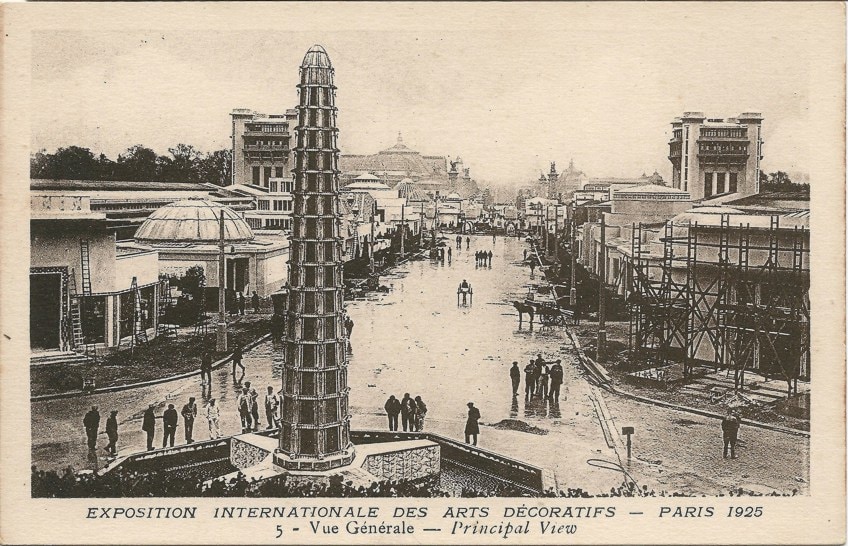
An Appropriate Art Deco Definition
When talking about a suitable Art Deco definition, the fact that it was one of the most influential and decorative styles from the beginning of the 20th century is usually included in the interpretation. Taking its name from the International Exhibition of Modern Decorative and Industrial Arts, the term “arts decorates” was first used in France in 1858 before the iconic label of “Art Deco” was decided on. Once the movement had a name, it quickly gained acceptance around the world.
At first, the term “Art Deco” was used in a disdainful way by the modernist architect Le Corbusier.
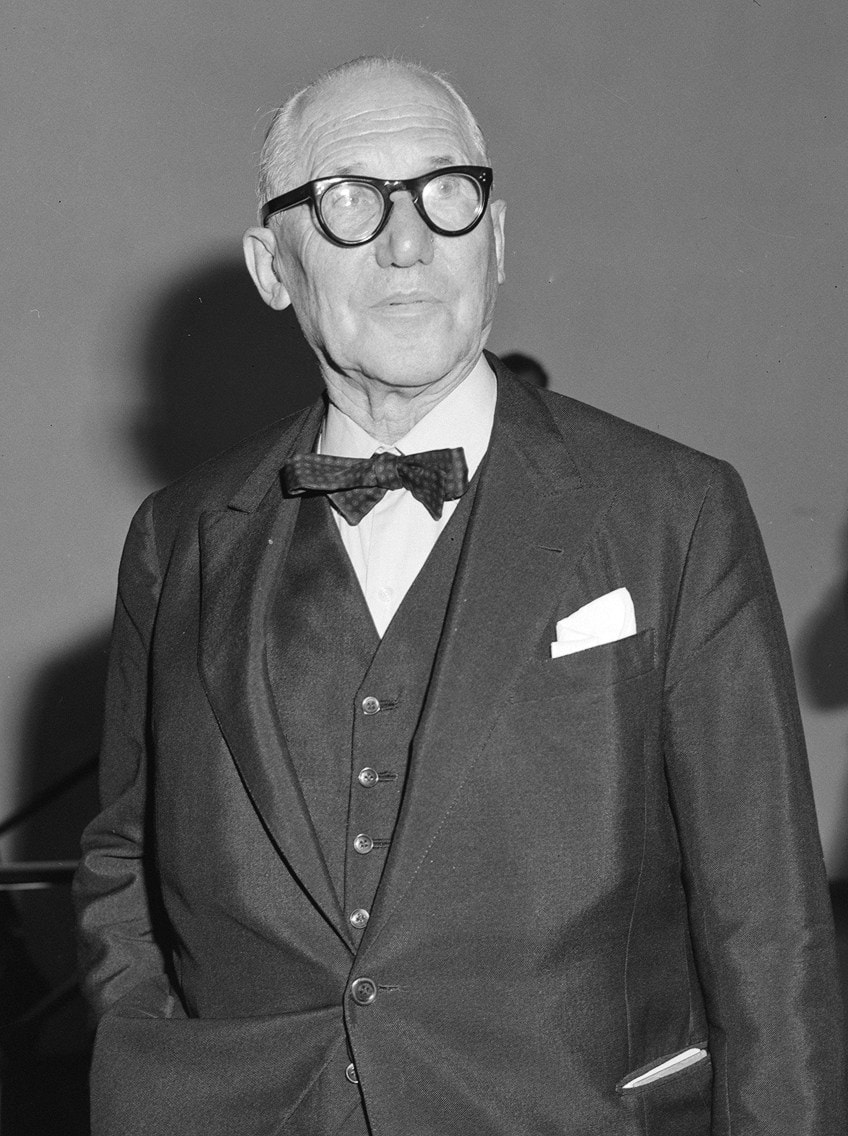
The name was used in articles where he mocked the style for its embellishment, which was a feature that Le Corbusier considered to be useless in modern architecture. While supporters of the Art Deco style praised it for its stripped-down approach, its name was still met with much scorn. Only in the late 1960s, when a greater interest was starting to be paid towards the style, was the Art Deco definition restored.
The Art Deco definition was used in a positive way for the first time by British critic and art historian, Bevis Hillier. His definitive use of the term “Art Deco” in his first book, Art Deco of the 20s and 30s, properly cemented the name into art history.
Based on this, the Art Deco definition described the movement as one that was made up of bold geometric shapes and strong colors that were used in a variety of art forms, most notably in architecture and objects.
Different Forms of Art Deco Art
The Art Deco period was characterized by harmonious, clean, geometric, sleek, usually uncomplicated, and visually pleasing artworks. The style’s main visual features derived from repetitive use of linear shapes that frequently included triangular, trapezoidal, zigzag, and chevron-patterned forms. Similar to the precursor movement of Art Nouveau, objects like humans, animals, or even flowers were rendered in a highly stylized and streamlined way in order to maintain the general aesthetic of Art Deco.

In order to keep up with the style’s emphasis on modern technology, Art Deco artists joined natural materials with modern and man-made ones like synthetic plastic, glass, reinforced concrete, and stainless steel. However, when a splash of sophistication was needed from Art Deco artworks, designers worked to incorporate more unusual materials into their works to give off a wealthier feel, such as ivory, horn, and even zebra skin.
Based on this style, the Art Deco movement was less connected to the traditional supposedly superior forms of art that were made up of painting and sculpture.
As Art Deco design was influenced by industrialization and the technical advancements in society, artworks displayed approval for the modernity of the machine and the innate design qualities of machine-made objects. This led to Art Deco primarily being experimented within design, furniture, architecture, and buildings.
Art Deco Design
When it first appeared, the Art Deco style wielded its impact all over the graphic art of the time. This was done in such a way that the impact of Italian Futurism was revealed, as the style’s passion for speed and its devotion to the machine could be seen in the works produced.
The use of lines to denote movement, made famous by Futurist artists, was used by Art Deco creatives in the form of parallel lines and narrowing forms to indicate the concept of balance and streamlining.
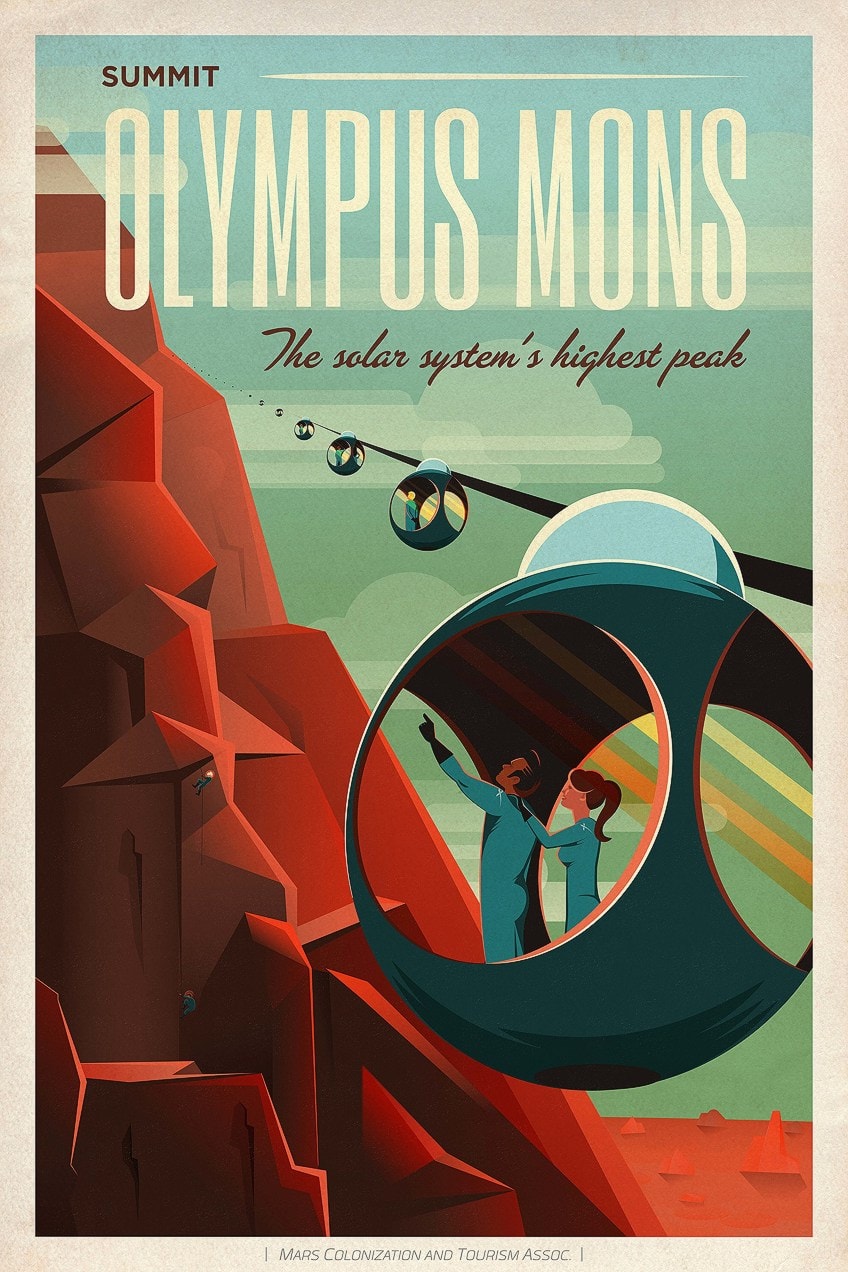
Art Deco design went on to feature many aspects that implied motion during the mid-1930s, as movement demonstrated an influence from advanced aerodynamic standards that were developed for aviation and ballistics to diminish aerodynamic drag at high velocities. Shapes that helped to signify motion were then used in many different Art Deco designs and even featured in objects that were genuinely not intended to ever move, such as refrigerators and buildings.
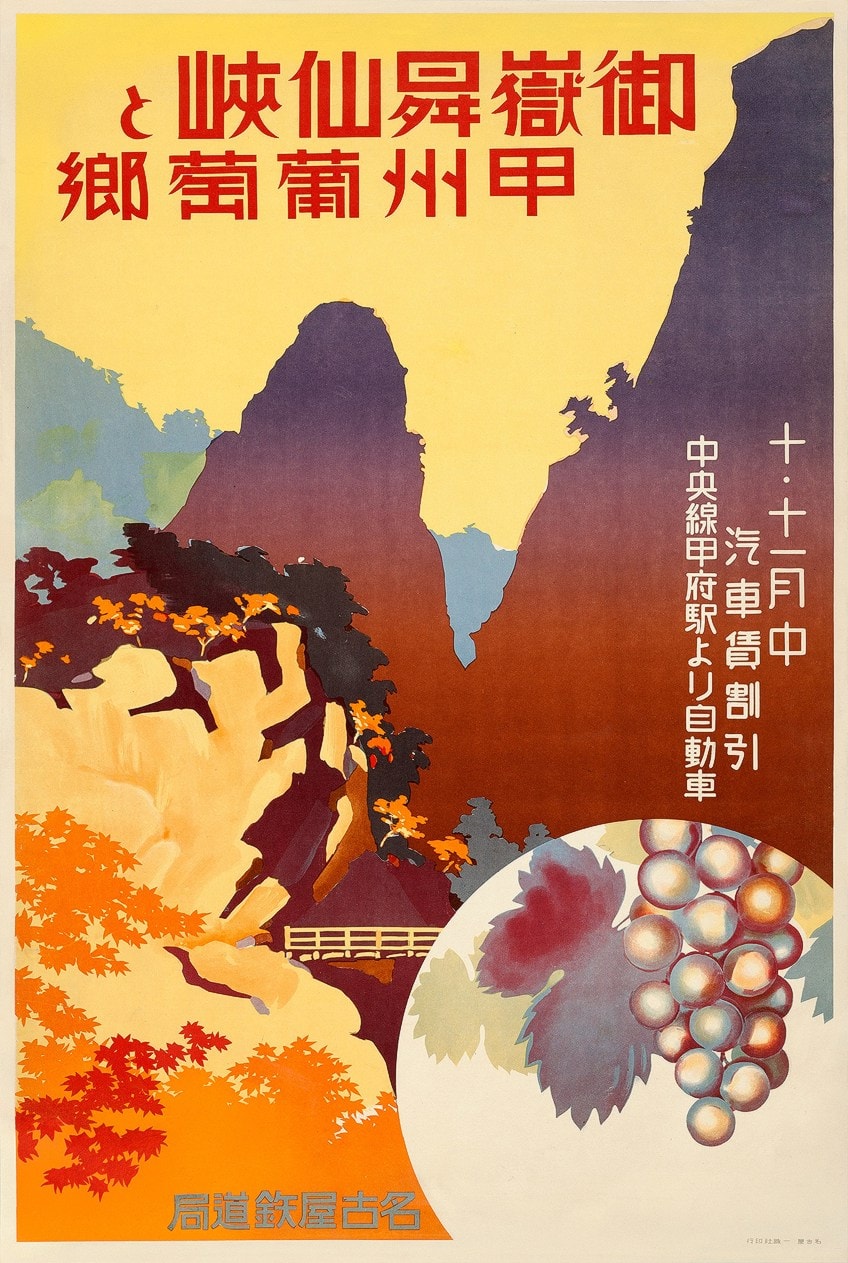
In terms of the imagery produced, Art Deco design elements could be seen in the basic forms and huge sections of solid colors that were used. These features were similar to Japanese woodblock prints, which Art Deco artists looked to for inspiration. The influx of Japanese art into Europe following the First World War left a great impact on countries, most notably France.
Artists found that the simplicity of these woodblock prints mirrored the clearly modern and sleek styles that Art Deco was attempting to create.
Art Deco Furniture
Another prominent feature of Art Deco art was the furniture that was produced during the movement’s era. It was not until the late 1920s that the concept of furniture was even explored, with the avant-garde Art Nouveau furniture designs going on to inspire the up-and-coming Art Deco creatives. The types of furniture that were then created under the new Art Deco style proved to be more basic and less arched in design, with modernity existing as the main message.
As the Art Deco movement continued, Émile-Jacques Ruhlmann appeared to be the forerunner in furniture.

While his furniture pieces took inspiration from the Neoclassical style of the 18th century, he worked to remove as much of the embellishment as possible while still using the luxurious materials preferred by Art Nouveau designers.
These materials included mahogany, ebony, ivory, and even tortoiseshell. As they were completely out of reach for ordinary individuals, his furniture was only available to the most well-off citizens.
As Ruhlmann’s furniture works appeared to fluctuate between the Art Nouveau and Art Deco style, this left a gap in the market for a more definitive Art Deco furniture designer to arrive. This occurred in the form of Jules Leela, who was merely a traditional designer prior to the development of the Art Deco period. Leela, after finding inspiration in the new and exciting Art Deco style, went on to design the furniture featured in the grand dining room of the Elysée Palace in Paris, which was his most iconic project.
Art Deco Architecture
The architecture that emerged from the Art Deco period is possibly one of the most well-known features of the entire art movement. Making its debut in Paris between 1903 and 1904, Art Deco architecture began with the construction of two apartment buildings designed by Auguste Perret and Henri Savage. These two architects worked with reinforced concrete for the very first time in Parisian suburban buildings, with its clean lines, rectangular forms, and lack of decoration on the facade demonstrating a clear departure from the Art Nouveau style.
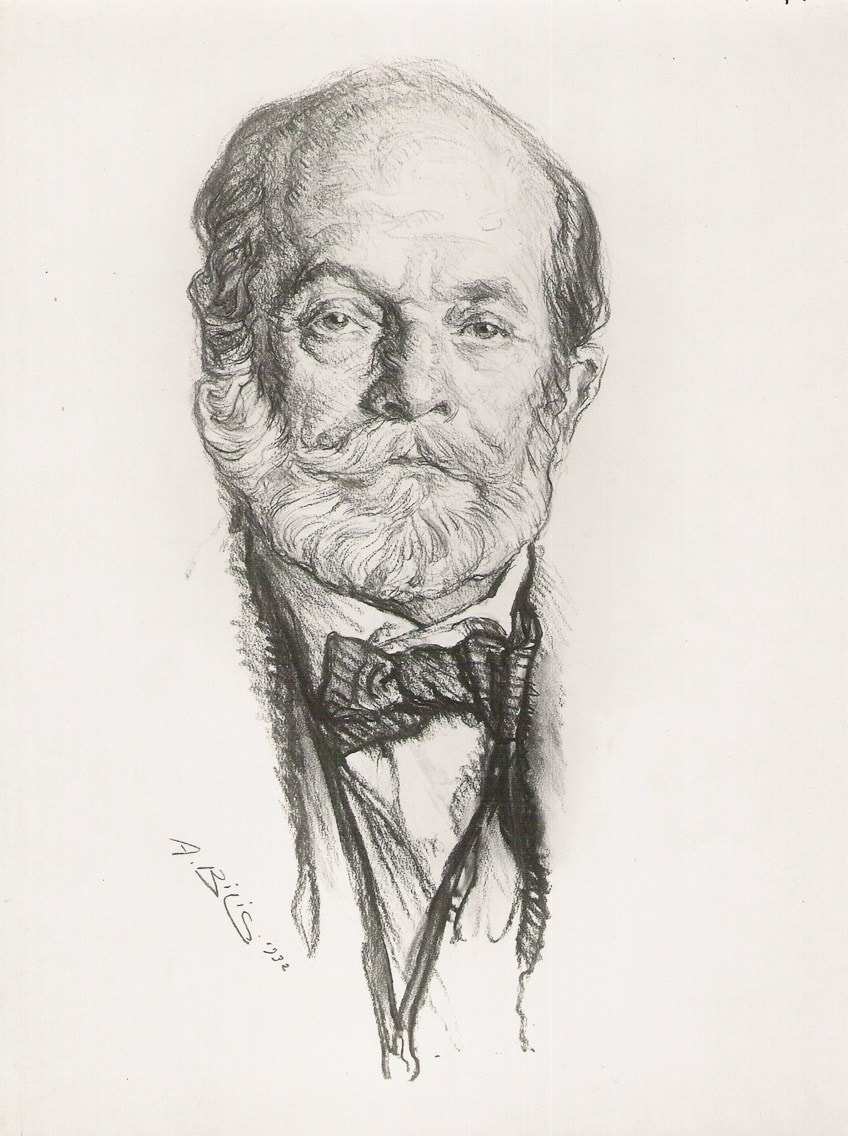
Art Deco architecture is therefore distinguished by hard-edged and often amply decorated designs emphasized by lustrous metal accents. Many of the buildings designed using the features of Art Deco architecture have an upright emphasis, as they were built in a way that meant to draw the eyes of those walking on the streets upwards.
The buildings created in this style were often rectangular, blockish, and organized geometrically, with the addition of curved ornamental features adding to the sleek effect that was intended.
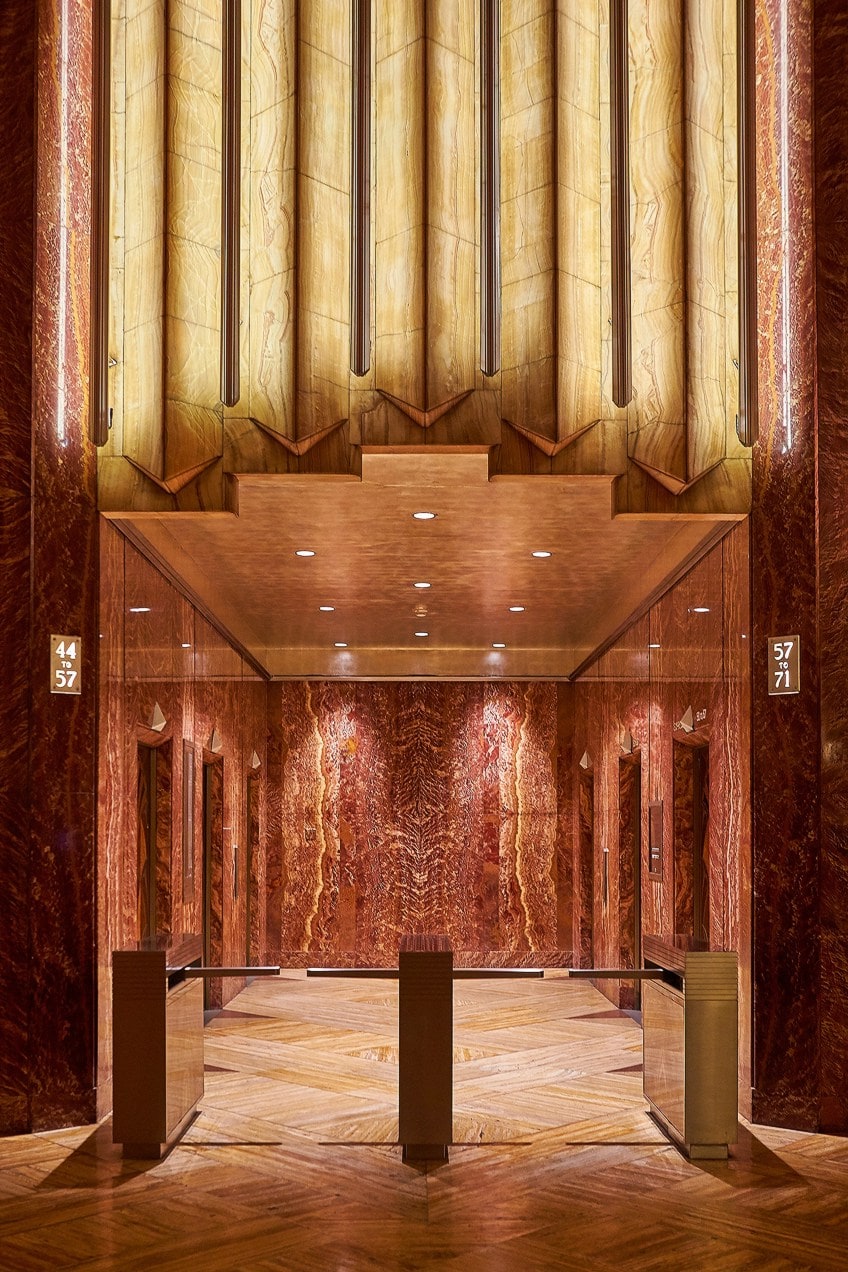
Some of the most famous American examples of Art Deco architecture include a variety of skyscrapers that were built in New York City, as well as several pastel-colored buildings that were constructed in Miami. In the Interwar period, Art Deco quickly became the most common and popular architectural style available and began to spread to other parts of the world. The influence of Art Deco architecture during the first half of the 20th century can still be seen when looking at some of the prevailing buildings that still stand in America today.
Art Deco Building
Some of the most recognizable buildings in America today represent the Art Deco style and patterns in its architecture. After World War One, Art Deco buildings that made use of steel and reinforced concrete began to appear all over large cities in America and Europe. In America, these buildings were typically used for offices, movie theatres, railroad stations, and government buildings.
Art Deco building elements also featured in some engineering projects, most notably in the towers of the Golden Gate Bridge in San Francisco.
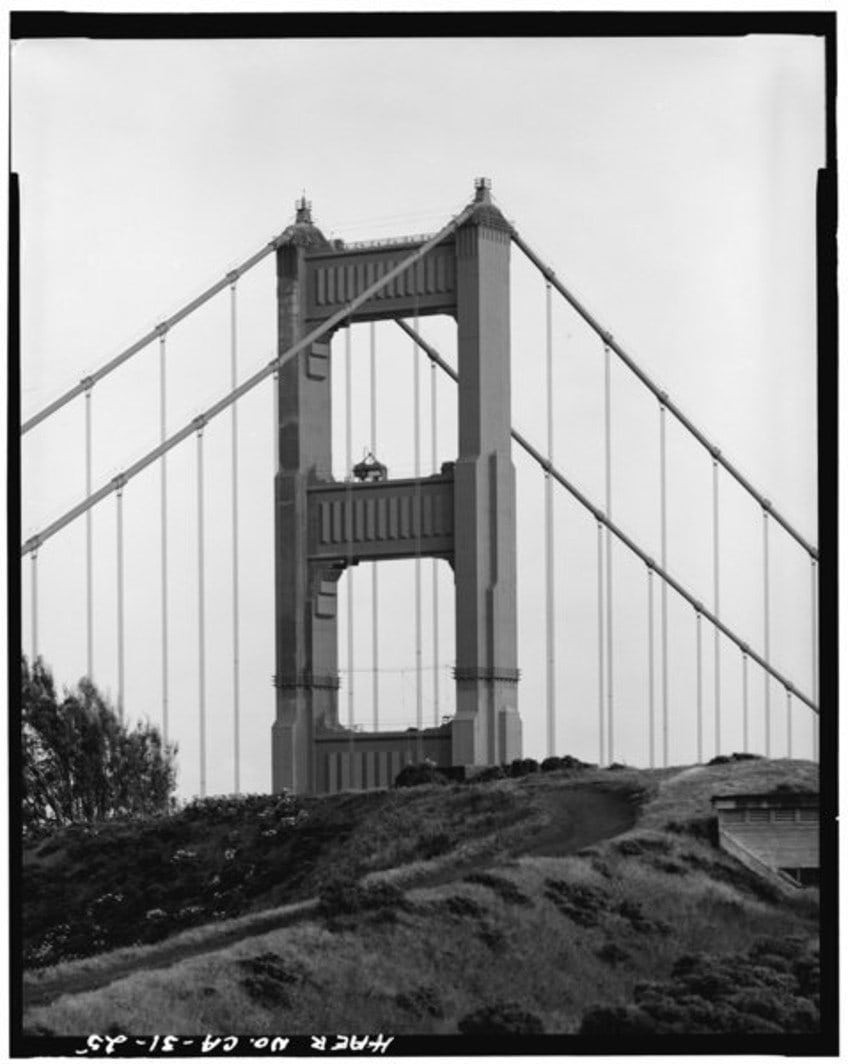
The most famous Art Deco buildings, which still exist in their original form today, include Rockefeller Centre, the Empire State Building, and the truly iconic Chrysler Building, all located in New York City. Considered to be the most commemorative expressions of the Art Deco style, these buildings became the tallest and most recognizable contemporary buildings in the world at the time. They were essentially designed to demonstrate the reputation of builders through their height, shape, color, and striking radiance of the evening.
Skyscrapers were seen as a completely modern creation within the Art Deco era.
These buildings emphasized neat lines and stability at an often-dizzying level. New York’s skyline was drastically altered by the Chrysler Building in 1930, which stood as the pinnacle of success when it came to Art Deco building. At 77 floors, it was known as the world’s tallest building for 11 months until construction on the Empire State Building began. The Chrysler Building existed as a large commercial for Chrysler cars.

What made the Chrysler Building so symbolic was its style of decoration. Triangles around the curved tiers adorned the peak of the building, with these shapes being placed in a way that copied the sun gleaming towards a peak. Art Deco gargoyles were also featured as ornamentation that closely imitated the hood ornament of a car.
This gravity-defying skyscraper, as it was described at the time, featured all of the essential Art Deco building elements as it invoked the modern man versus nature struggle in its architecture.
Key Accomplishments of Art Deco
As a modern style of creation, Art Deco attempted to blend functional objects with artistic touches. This is one of the aspects that made Art Deco so different from other fine art styles like painting and sculpture, as artworks had no other real purpose or use beyond functioning as something intriguing for viewers to look at.
With the emergence of widespread manufacturing, Art Deco artists were able to improve the appearance of their mass-produced functional objects so that they were accessible to everyone in society.
One of the biggest accomplishments of the Art Deco movement was the fact that almost everything could be seen as art, from something as simple as clocks, glassware, and ashtrays to more complex creations like cars and buildings.
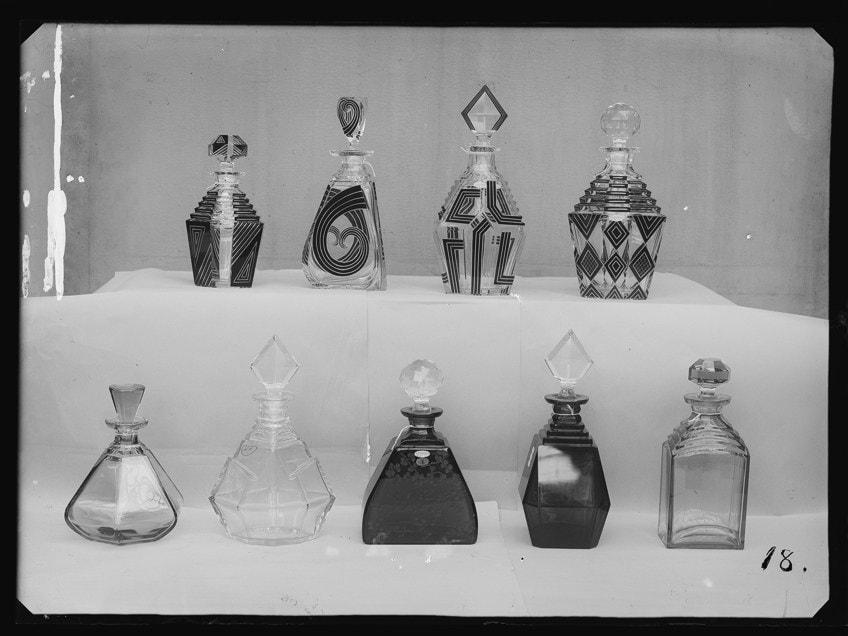
This demonstrated Art Deco’s quest to find beauty in all facets of life, with the movement’s aim reflecting the considerable originality and mass usage of machine-age technology that existed at the time. Art Deco achieved this by focusing on the elegance and appeal of objects that already existed around us, with another accomplishment of the Art Deco era being its truly democratic aim. Artists attempted to make even the plainest and unrefined objects, like machine-made objects, as aesthetically pleasing as possible.
Art Deco in America
In America, the Art Deco movement was met with a completely different approach. Herbert Hoover, who was the Secretary of Commerce then, stated that no American artists and designers were allowed to display their work at the Exposition International in France. This was because Hoover believed that they were yet to come up with an explicitly American style of art that was sufficiently “new enough”.
In response to this, he sent a group to France to assess the artworks at the Exposition and to bring home any ideas that could be applied in a modern American artistic and architectural sense.
Within this traveling cohort, Hoover included important figures from the Metropolitan Museum of Art and the American Institute of Architecture, as well as several individuals from The New York Times. This trip to Europe went on to inspire an almost instantaneous expansion in artistic innovation and creation in the United States.
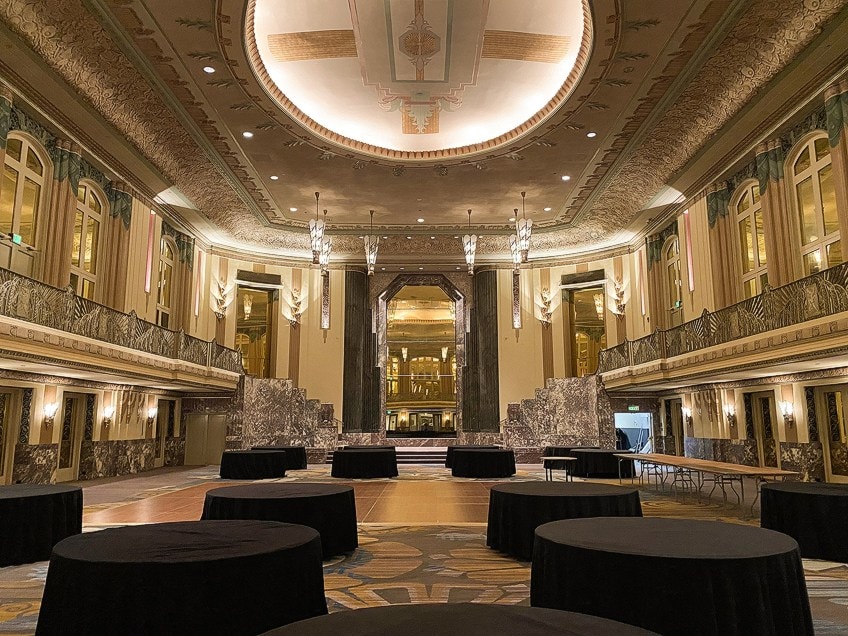
The American Art Deco style proved to be quite different from the original style that developed in France. Nicknamed “Streamline Moderne”, American Art Deco was a more diminished and sleeker version when compared to the complex and regularly bespoke European Art Deco style.
Emphasizing the technological advancements of the era, American Art Deco quickly grew and expanded to have a far greater following and use in the United States than in Europe.
The presence of a unique Art Deco style helped to return some trust and belief in social progress in America, as the artworks that were created were thought to be an expression of national pride. The American World Fairs in Chicago (1933) and New York City (1939) mainly featured Art Deco designs, as Hollywood adopted the style and made it alluring throughout the country. American Art Deco’s rapid growth created an expression of democracy through its designs, which were made accessible to ordinary citizens.
Late Art Deco
By 1925, two completely different and contending schools coexisted within the Art Deco movement. These schools were made up of the traditionalists and the modernists. The traditionalists, who had originally established the Society of Decorative Artists, included furniture designer Emile-Jacques Ruhlmann, interior designer Jean Dunant, sculptor Antoine Bordello, and designer Paul Poirot.
This school of Art Deco was known for its combination of advanced forms with conventional techniques and pricey materials.
On the other hand, the modernists stood out for their blatant rejection of the past. Artists within this Art Deco group sought to find and create an artistic style that was based on new developments in technologies, simplicity, an absence of decoration, and the use of cheaper materials and mass production.

The modernists established their own organization in 1929, which was called the French Union of Modern Artists. Creatives within this group included Pierre Chateau, Francis Jourdain, Le Corbusier, and Sonia Delaunay.
The modernist Art Deco group criticized the traditional Art Deco style, which they formed was only created to serve the wealthy.
This group argued that well-made buildings, for example, should be accessible and convenient to everyone no matter their financial status, and that form should automatically follow function. Based on this, the elegance and charm of an object or building rested upon whether it was perfectly capable of fulfilling its function and not related to the art audience who would most likely be viewing the works.
Notable Art Deco Artists
Many artists participated in the Art Deco movement, ranging from painters, sculptors, interior designers, furniture makers, and architects. Below, we will be taking a look at several notable creatives who created significant artworks within the Art Deco period and whose influence is still discussed today.
René Lalique (1860 – 1945)
French designer René Lalique has gone down in history as one of the world’s most well-known glass art designers from the late 19th and early 20th centuries. His legacy as an Art Deco artist is still strong today, with his glasswork pieces still highly favored by collectors. During his career, Lalique was best known for his beautiful perfume bottles, jewelry, vases, chandeliers, clocks, and car hood ornaments.
Lalique quickly became one of the most acclaimed Art Nouveau jewelry designers and went on to work for prominent French jewelers like Cartier and Boucheron.
In the 1920s, after Lalique had refined his glass art creations, he rejected the style of Art Nouveau and expressed an interest in fluid and organic forms. This led to him embracing the techniques of the emerging Art Deco style, with his artworks becoming sleeker in the process. Lalique experimented with a variety of new materials, yet he preferred to work with glass.
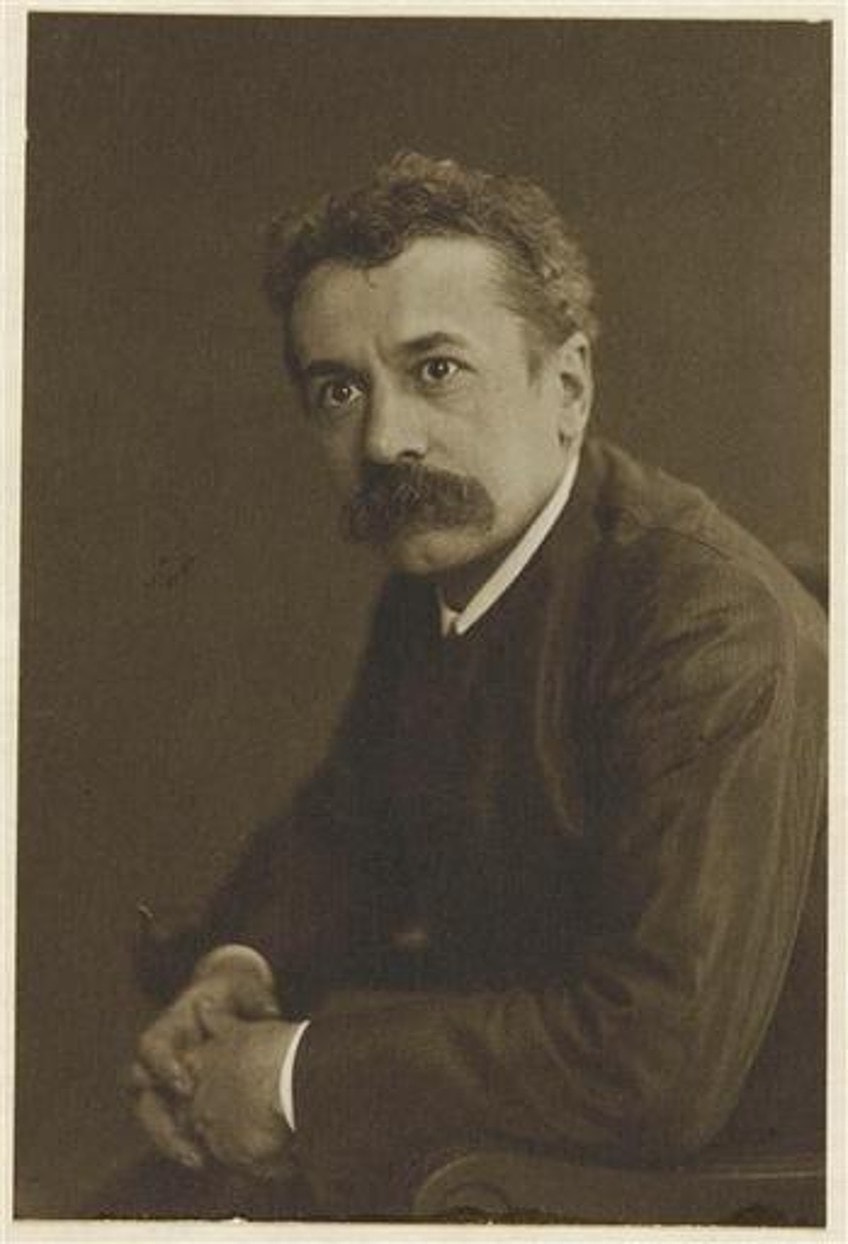
As he practiced within the Art Deco movement, his style of glassmaking dominated the jewelry industry. Lalique’s triumph was also credited to an older method of glass casting, which was rarely used up until this point, and enabled him to effortlessly produce multiples of the same design. In addition to his dainty perfume bottles and pieces of jewelry, some of Lalique’s monumental Art Deco works include the walls of illuminated glass and glass pillars for the ocean liner, Normandie.
However, one of Lalique’s most well-known glass sculptures was “Victoire”, which he created in 1928.
Made to be a glass hood ornament for a car, Victoire represents a female figure in the wind. With her face keenly sticking out and her hair dangling behind her like a single, sharp wing, this sculpture makes reference to the ancient Greek sculpture, Winged Victory, located in the Louvre. With Victoire existing as both fine art and a sculptural object, it seems to encapsulate everything that Art Deco was due to its truly American style.
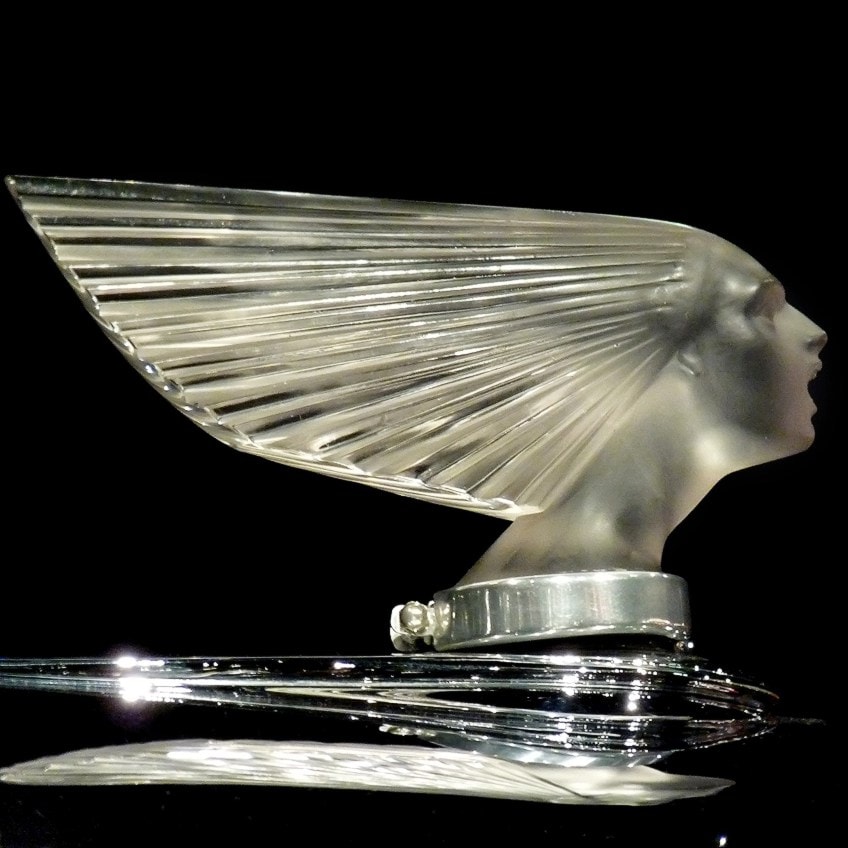
Émile-Jacques Ruhlmann (1879 – 1933)
One of the most prominent furniture and interior designers within the Art Deco movement was French artist Émile-Jacques Ruhlmann. His furniture designs appeared to be incredibly streamlined, as he made use of very extravagant and outlandish materials that he worked with using his exceptionally delicate craftsmanship. During the movement’s height of popularity, Ruhlmann became a symbol of the opulence and contemporaneity associated with the Art Deco style.
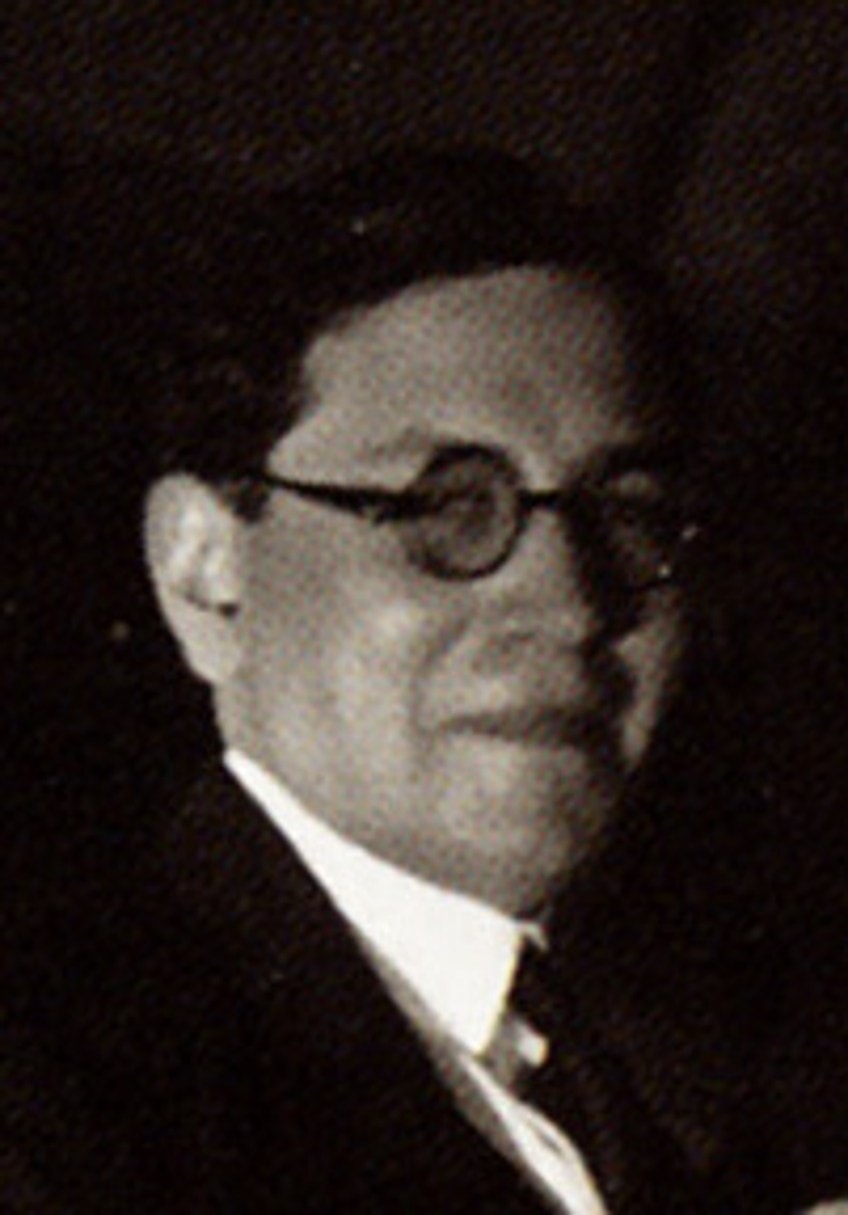
Ruhlmann’s lavish style produced different reactions from a number of different Art Deco designers and architects. Le Corbusier, in particular, responded to the types of artworks produced by Ruhlmann by calling for the creation of uncomplicated and more practical furniture pieces instead. However, Ruhlmann strongly believed that the preservation of art relied entirely on the upper class, with his designs going on to perfectly capture the sensational and magnificent spirit of the time.
Although he was restrictive when it came to ornamentation, Ruhlmann fashioned his furniture pieces out of the most exotic materials at the time. As a firm favorite of the post-war bourgeois classes, Ruhlmann designed furniture that was able to display the newfound wealth and taste of the recently emerging aristocratic society.
Due to this, the greatest achievement of Ruhlmann’s career was said to have been his ability to merge the classical style of the past with the more advanced style of the modern world.

One of Ruhlmann’s notable furniture pieces, produced in 1922, was État Cabinet. Diverging from the typically Art Nouveau style in terms of its symmetry and restricted color palette, Ruhlmann made use of a strong wood that contrasted sharply against the intricate ivory design. Despite this, the elaborate floral features borrowed heavily from the Art Nouveau style, with État Cabinet existing as a more updated and simplified object that seemed stuck between the two styles of Art Nouveau and Art Deco.
William Van Alen (1883 – 1954)
Perhaps the most important artist to come from the Art Deco period was American architect William Van Alen, who designed the iconic Chrysler Building in New York City. Born in Brooklyn, Van Alen went on to study architecture in both the United States and Paris before settling on a specific architectural style. In 1910, after returning from Paris, Van Alen displayed his keen interest in the style of modernism, which was said to have been inspired by the early stages of the still-developing Art Deco movement.
Many of the significant buildings in New York were built during the peak of the Art Deco movement. The famous Chrysler Building, which changed the skyline of the city, was designed by Van Alen in the late 1920s, with the building being completed in 1930.

Built in the Turtle Bay neighborhood on the East Side of Manhattan, the Chrysler Building is known for being one of the most striking skyscrapers in the city. This style of architecture proved to be incredibly popular and continued to be used well into the 1960s.
Completed in less than two years, it was said that approximately four floors were built each week, which was a surprisingly rapid fast for the types of machinery that was available at the time.
Financed by Walter P. Chrysler, the building was designed to make reference to Chrysler automobiles. Van Alen’s original design used many modernist stylistic elements, such as curved windows at the corners. Two of the most recognizable aspects of the building include the famous gargoyles, as well as the seven arched crowns at the top of the tower.
Sonia Delaunay (1885 – 1979)
One of the few female artists who practiced in the Art Deco movement was the Russian-born French artist Sonia Delaunay. Co-founder of the Orphism art movement, Delaunay is said to have been included with other notable Art Deco designers who still hold a strong influence over various fashion trends today. Inspired by the Cubist and Fauvist movements, Delaunay worked closely with fellow Surrealist and Dada artists while perfecting her style. This led to her becoming the first designer to bring abstract inspiration into the realm of fashion.

Delaunay was fascinated with the idea of geometric design, which proved to be modern and essentially fashionable between 1920 and 1930. As a textile designer, in addition to being a painter, Delaunay produced some of her most notable fashion pieces during this time. Color was a major aspect that featured in her works, which she defined as “dynamic art”.
Delaunay’s bold color and textile combinations led to her title of “designer of modern fashion” during the 1925 Exposition in Paris.
Her most well-known garment is perhaps her patchwork dresses, which existed as experimentations of “simultanism”. Mixing a variety of colors and materials, Delaunay made use of different bold blocks of color and loud geometric shapes, which made her dresses stand out. Her success in fashion is partly due to her liberation of the silhouette in female clothing after World War One, with her creations and art still influencing modern fashion houses like Christian Dior and Yves Saint Laurent today.
Tamara de Lempicka (1898 – 1980)
Another very important female artist who produced artworks during the Art Deco period is Tamara de Lempicka. Possibly one of the most respected and recognizable artists to emerge from the Art Deco movement, Polish-born Lempicka was best known for her refined and trendy Art Deco depictions of the wealthy class and her incredibly stylized paintings of nudes. Settling in Paris after the Russian revolution, Lempicka became fascinated with the nonconformist Parisian lifestyle that existed in the 1920s.
Lempicka’s portraits brought her critical praise and significant wealth. Her style of painting perfectly depicted a lifestyle of luxury and glamour, with inspiration being taken from other movements like Cubism.
Her unique approach to Art Deco painting allowed her to present works that were both extravagant yet clean and precise in nature. The boldness of Lempicka’s colors and her angular style referenced some of the main features of the Art Deco style, which has led to her works being seen as the best representation of Art Deco painting.
Among her iconic works include Young Lady with Gloves, which was painted in 1930 and exists as one of her best-known works. Depicting a fashionably modest lady in a green dress, further emphasized by her subtly matching white hat and gloves, her vivid red lipstick makes her stand out despite her apparent timidness.
The sharp, almost fractured planes of color that were used to depict the facial features and the dress fabric exist as Lempicka’s signature style, which also demonstrates the interplay of Cubism and Art Deco on her artistic style.
Today, Lempicka’s portraits and paintings are still greeted with the same amount of enthusiasm as they were before. While her artworks were originally intended for an elite audience, they have sparked debate across all classes of society and are favored by many. Lempicka was considered to be one of the most prominent portrait painters of her generation, with the clean lines and sleek elegance of her artworks existing as perfect examples of the Art Deco style.
The Legacy Left by Art Deco
The same characteristics that made the Art Deco movement so popular in the beginning, such as its exquisite craftsmanship, rich materials, and ornamentation, eventually led to its decline. The Great Depression, which began in 1929 in the United States and reached Europe soon after, began to slowly foster a sense of deterioration in the art movement.
This devastating economic blow greatly reduced the number of affluent clients who could afford Art Deco furnishings and objects at the time, which led to the style quickly dwindling.
The emergence of World War Two seemed to signify Art Deco’s falling from grace. During the wartime years, the restraint of society caused the Art Deco style to seem even more decadent than it already appeared to be, which was ill-fitting in a time of history that was so solemn. The limited supply of metal that could be recovered was used in building military weapons and equipment instead of decorating buildings and interior spaces. In a society that was so grave at the time, objects like furniture were no longer seen as important status items.
Additionally, the crash of the stock market in 1929 redirected the Art Deco movement towards the concept of mass production. Several technological advancements allowed for more affordable production of basic consumer items, which drove out the need for and subsequent popularity of the existing Art Deco designers. By the early 1930s, Streamline Moderne developed in response to the Art Deco ideals within America, with this new style focusing on the simplification of designs in objects, furniture, and architecture.
Art Deco experienced a revitalization during the 1960s with the beginning of the consumerist culture. Since then, a steady and continued interest in the Art Deco movement can be seen in the various art styles and designs that have emerged, which all seem to carry hints of the streamlined aesthetic of Deco art. Despite Art Deco developing as a movement that aimed to escape the past, it has now become a sentimental and fond memory of a classical style that has proven to be inseparable from the past.
As an art style that still has implications today, the development of Art Deco design has truly been remarkable. Despite being popular almost a century ago, Art Deco was considered to be one of the first styles of modern architecture to really make an impact on the art world. Today, inspiration is still being taken from this quintessential style, which has allowed this decorative type of art to essentially come back into fashion again. No matter how much time has passed, Deco art’s striking geometric shapes will forever remain iconic.
Frequently Asked Questions
What Is Art Deco?
Art Deco, which emerged onto the art scene in the early 1920s, was an art style defined by its fascination with modernity. This idea could be seen through the elements of vibrant colors and bold geometric patterns that were used, as the aim was to create lavish and truly opulent artworks. Art Deco is also most famously known for its contribution to architecture.
What Are the Main Characteristics of the Art Deco Style?
The main characteristic of the Art Deco style was its pure admiration for the concept of modernity, as well as its respect for the advancement of machinery and technology. Elements that were able to emphasize simplicity, repetition, and symmetry were frequently used, which allowed Art Deco artworks to appear with a clean and streamlined aesthetic.
What Are Some of the Most Iconic Art Deco Pieces Made?
Art Deco architecture has proven to be the most significant genre of the style, as it has produced some of the most well-known modern buildings to date. These include Rockefeller Centre, the Empire State Building, and the absolutely breathtaking Chrysler Building, all built in New York City.
Isabella studied at the University of Cape Town in South Africa and graduated with a Bachelor of Arts majoring in English Literature & Language and Psychology. Throughout her undergraduate years, she took Art History as an additional subject and absolutely loved it. Building on from her art history knowledge that began in high school, art has always been a particular area of fascination for her. From learning about artworks previously unknown to her, or sharpening her existing understanding of specific works, the ability to continue learning within this interesting sphere excites her greatly.
Her focal points of interest in art history encompass profiling specific artists and art movements, as it is these areas where she is able to really dig deep into the rich narrative of the art world. Additionally, she particularly enjoys exploring the different artistic styles of the 20th century, as well as the important impact that female artists have had on the development of art history.
Learn more about Isabella Meyer and the Art in Context Team.
Cite this Article
Isabella, Meyer, “Art Deco – A Summary of the Art Deco Era.” Art in Context. December 17, 2021. URL: https://artincontext.org/art-deco/
Meyer, I. (2021, 17 December). Art Deco – A Summary of the Art Deco Era. Art in Context. https://artincontext.org/art-deco/
Meyer, Isabella. “Art Deco – A Summary of the Art Deco Era.” Art in Context, December 17, 2021. https://artincontext.org/art-deco/.




